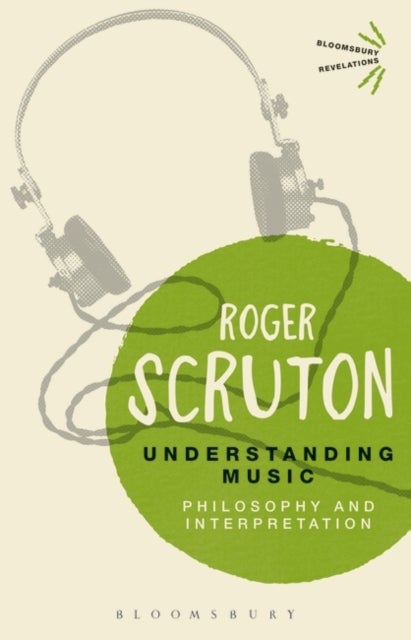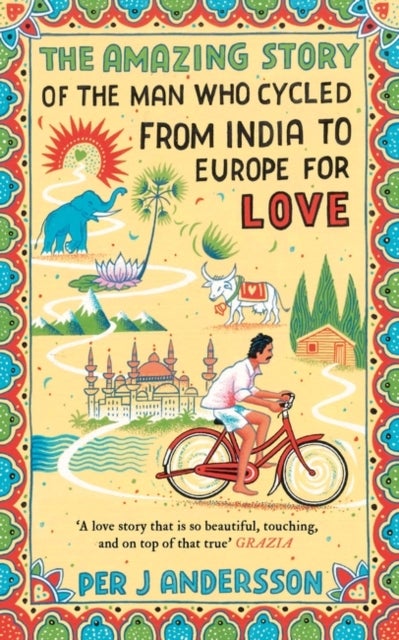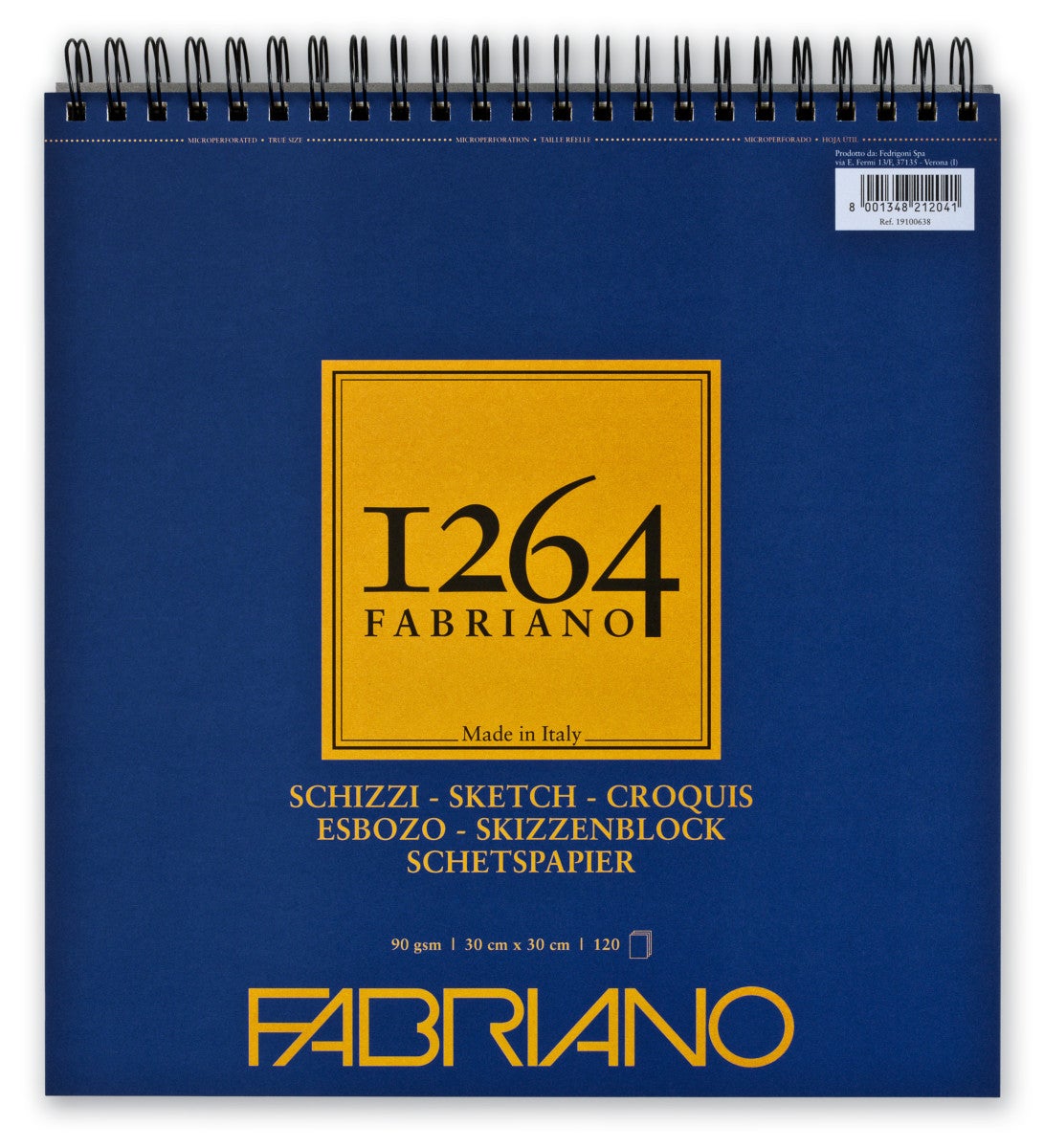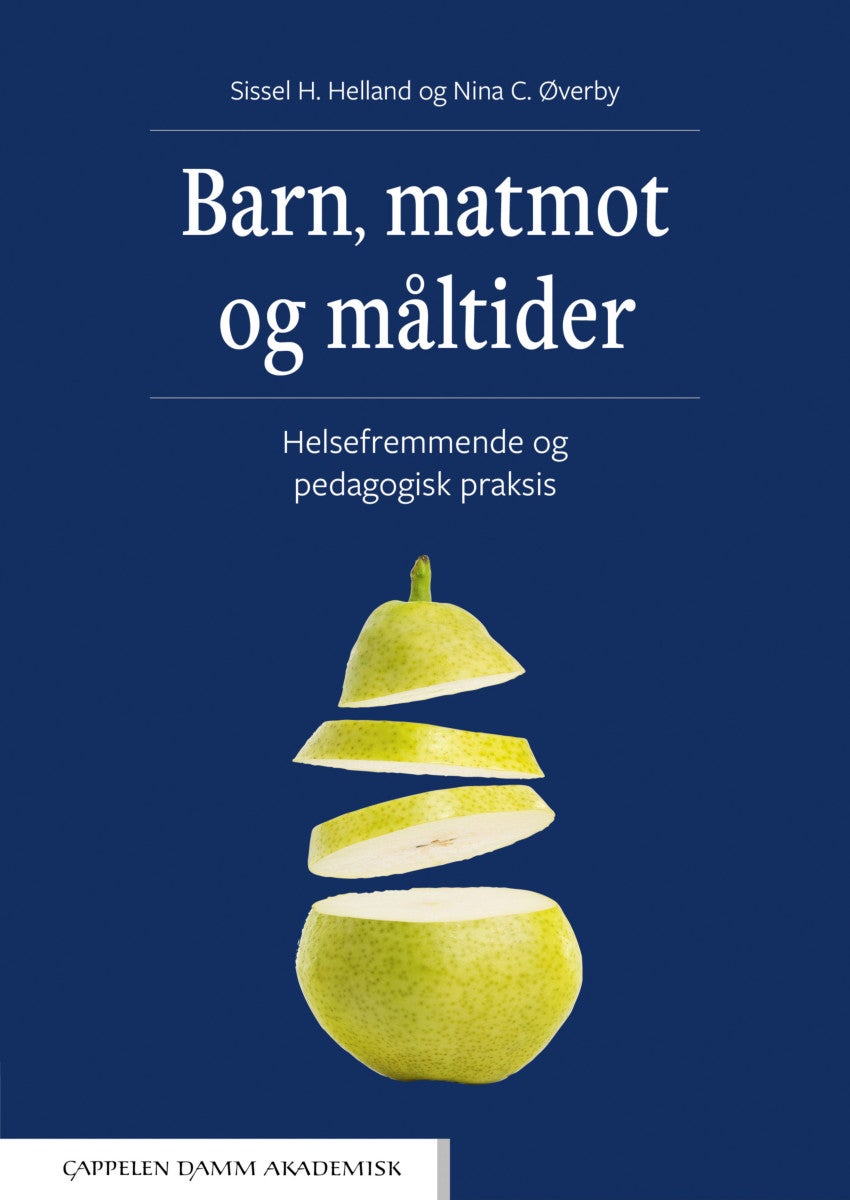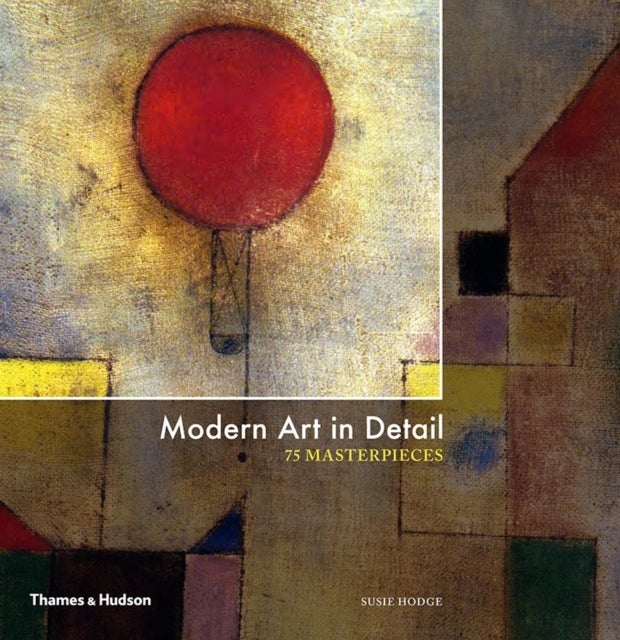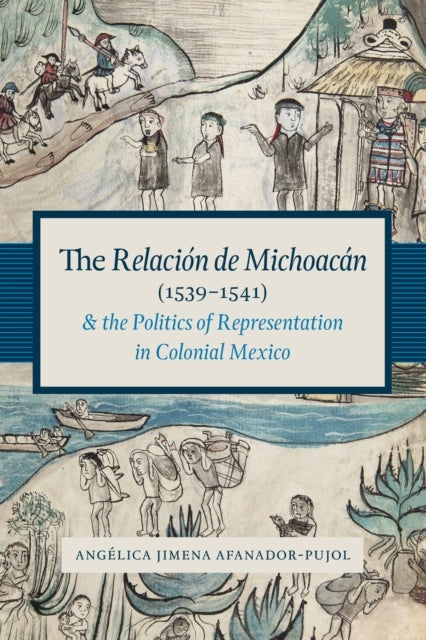
The Relacion de Michoacan (1539-1541) and the Politics of Representation in Colonial Mexico av Angelica Jimena Afanador-Pujol
399,-
<P><B>Through close readings of the painted images in a major sixteenth-century illustrated manuscript, this book demonstrates the critical role that images played in ethnic identity formation and politics in colonial Mexico.</B></P><P>The <I>Relación de Michoacán</I> (1539–1541) is one of the earliest surviving illustrated manuscripts from colonial Mexico. Commissioned by the Spanish viceroy Antonio de Mendoza, the <I>Relación</I> was produced by a Franciscan friar together with indigenous noble informants and anonymous native artists who created its forty-four illustrations. To this day, the <I>Relación</I> remains the primary source for studying the pre-Columbian practices and history of the people known as Tarascans or P’urhépecha. However, much remains to be said about how the <I>Relación</I>’s colonial setting shaped its final form.</P><P>By looking at the <I>Relación</I> in its colonial context, this study reveal



